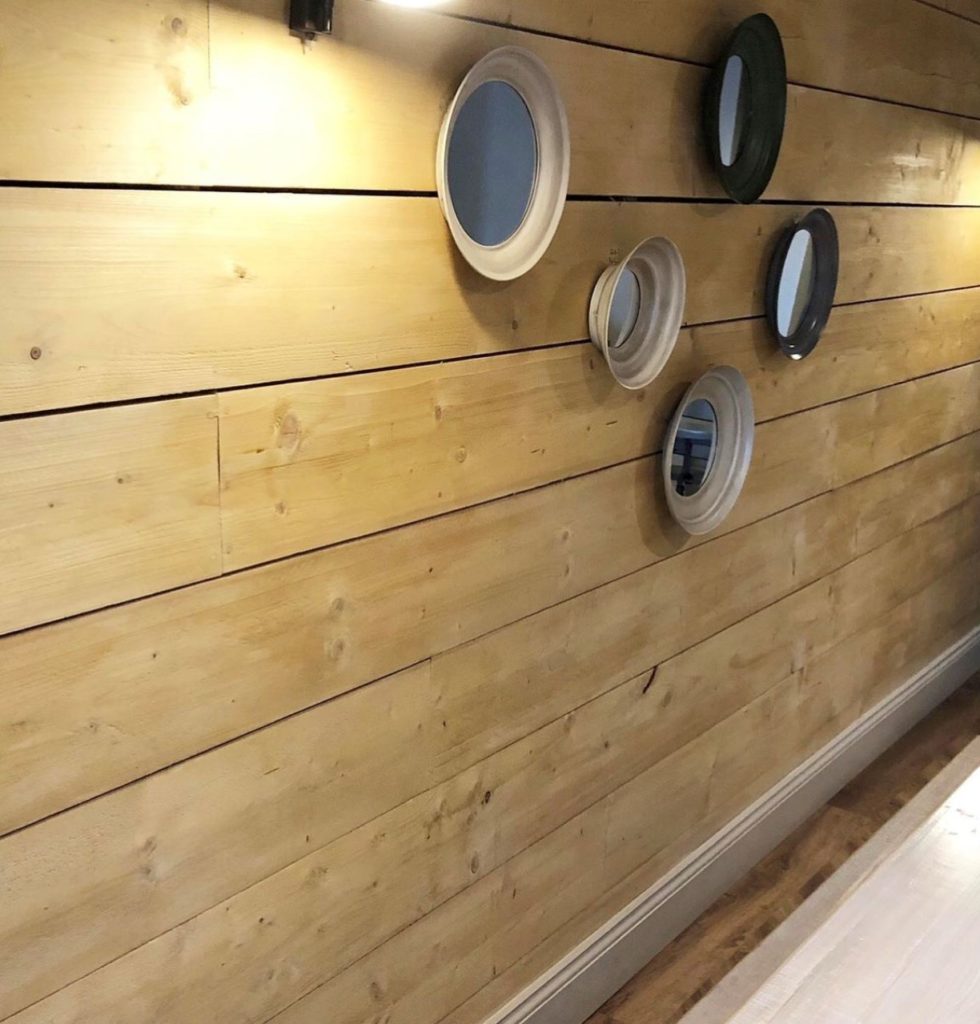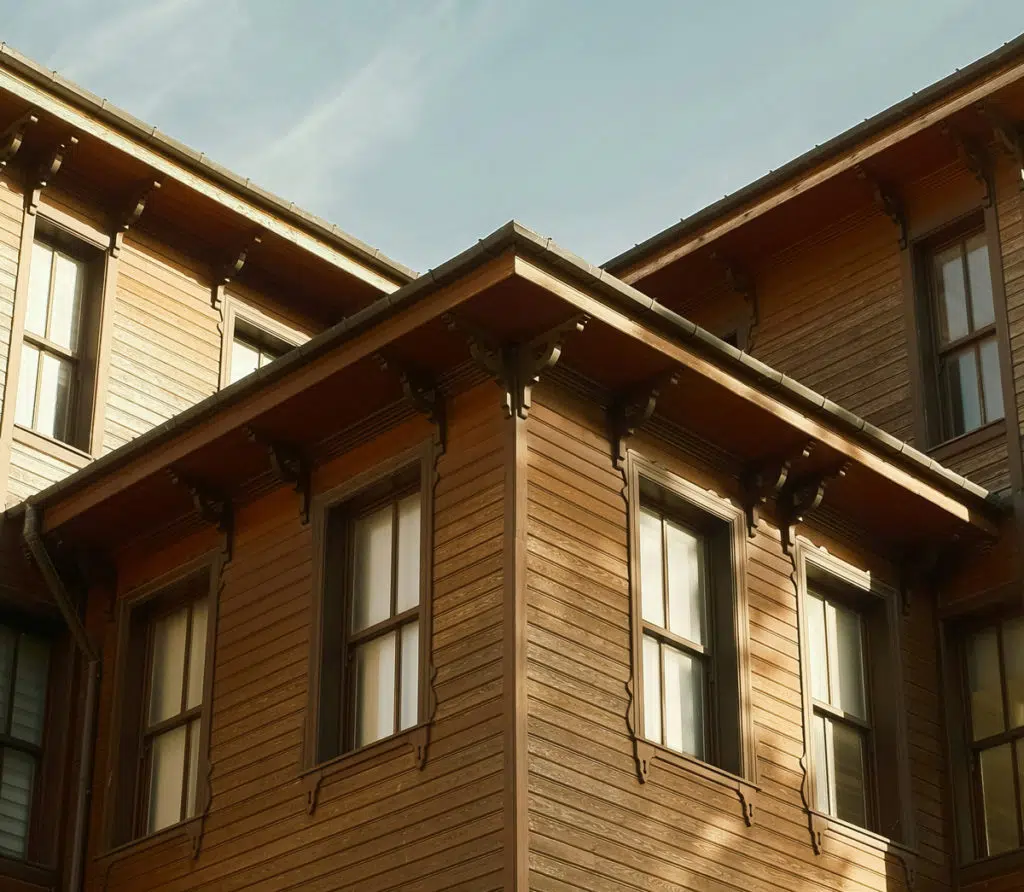
Wood has been used in construction for centuries. It is a versatile and attractive material that adds warmth and character to buildings. Recently, there has been a renewed interest in using wood for wall cladding due to its environmental benefits. Below, we will explore the sustainability of wood cladding, focusing on using eco-friendly materials and practices.
Understanding Wall Cladding
Wall cladding refers to covering the exterior or interior walls with another material. This serves both aesthetic and functional purposes. Protecting the structure from the elements, improving insulation, and the building’s overall appeal. While many materials are available for wall cladding, wood stands out for several reasons.
The Sustainability of Wood
One of the leading environmental benefits of wood cladding is that it is a renewable resource that replenishes naturally over time. When harvested responsibly, wood can be an eco-friendly option for construction.
1. Renewable Resource
Forests can be managed sustainably to ensure a continuous supply of wood. This involves selective logging, where only certain trees are harvested, and replanting to replace what is taken. This way, the forest can thrive and provide resources for future generations.
2. Carbon Absorption
Trees help reduce greenhouse gasses in the atmosphere by taking in carbon dioxide as they grow. When trees are used for construction, the carbon they have stored is locked in the wood, making wood cladding a carbon-positive choice.
3. Energy Efficiency
Wood cladding production requires less energy than other materials like steel or concrete, lowering its carbon footprint. Because of its natural insulation properties, choosing wood also helps to reduce the energy needed to manage a building’s temperature, further contributing to its environmental benefits.
Eco-Friendly Practices in Wood Cladding
Using wood can be even more sustainable when eco-friendly practices are followed. Here are some ways to ensure the timber used is as environmentally friendly as possible.
1. Certified Sustainable Wood
Look for wood certified by organisations like the Forest Stewardship Council (FSC). An FSC certification ensures that wood comes from responsibly managed forests, prioritising environmental, social, and economic sustainability. All Panelling Direct materials are FSC-certified, so you can be sure you are buying responsibly sourced wood when you shop with us.
2. Non-Toxic Finishes
Traditional wood finishes can contain harmful chemicals that can off-gas into the environment. Opting for non-toxic, water-based finishes helps to reduce the environmental impact. These finishes are safer for both the building’s occupants and the planet.
Advantages of Wood Cladding
1. Aesthetic Appeal
Timber cladding adds natural and timeless beauty to buildings. Depending on the type of wood and the finish used, it can create various looks, from rustic to modern. Wood’s warmth and texture make it a popular choice for those looking to create a welcoming and comfortable atmosphere.
2. Durability
When properly maintained, wood cladding can be incredibly durable. Treatments and finishes can help to shield the wood from insects, moisture, and other environmental factors. Certain types of wood, such as redwood, have a robust natural resilience to decay and insects, making them ideal for exterior cladding.


3. Versatility
Wood is a versatile material that can be used in various ways. It can be cut, shaped, and finished to meet a project’s needs. Whether you are looking for horizontal, vertical, or diagonal cladding, wood can accommodate your design preferences.
4. Insulation
Wood can help improve a building’s energy efficiency thanks to its built-in insulating properties. It provides another layer of insulation that can make regulating a building’s temperature easier, reducing energy costs and resulting in a smaller carbon footprint.
Conclusion
The environmental benefits of using wood for wall cladding are significant. As a renewable resource that can sequester carbon, wood is a sustainable choice for construction. The ecological impact can be minimised by following eco-friendly practices such as certified sustainable or reclaimed wood and non-toxic finishes.
Besides its sustainability, it offers aesthetic appeal, durability, versatility, and natural insulation. These benefits make it a compelling choice for both residential and commercial buildings.
As we continue seeking more sustainable building practices, wood cladding stands out as an environmentally friendly option that does not compromise beauty or functionality. By choosing wood, we can create buildings that are not only stunning but also kind to our planet.










